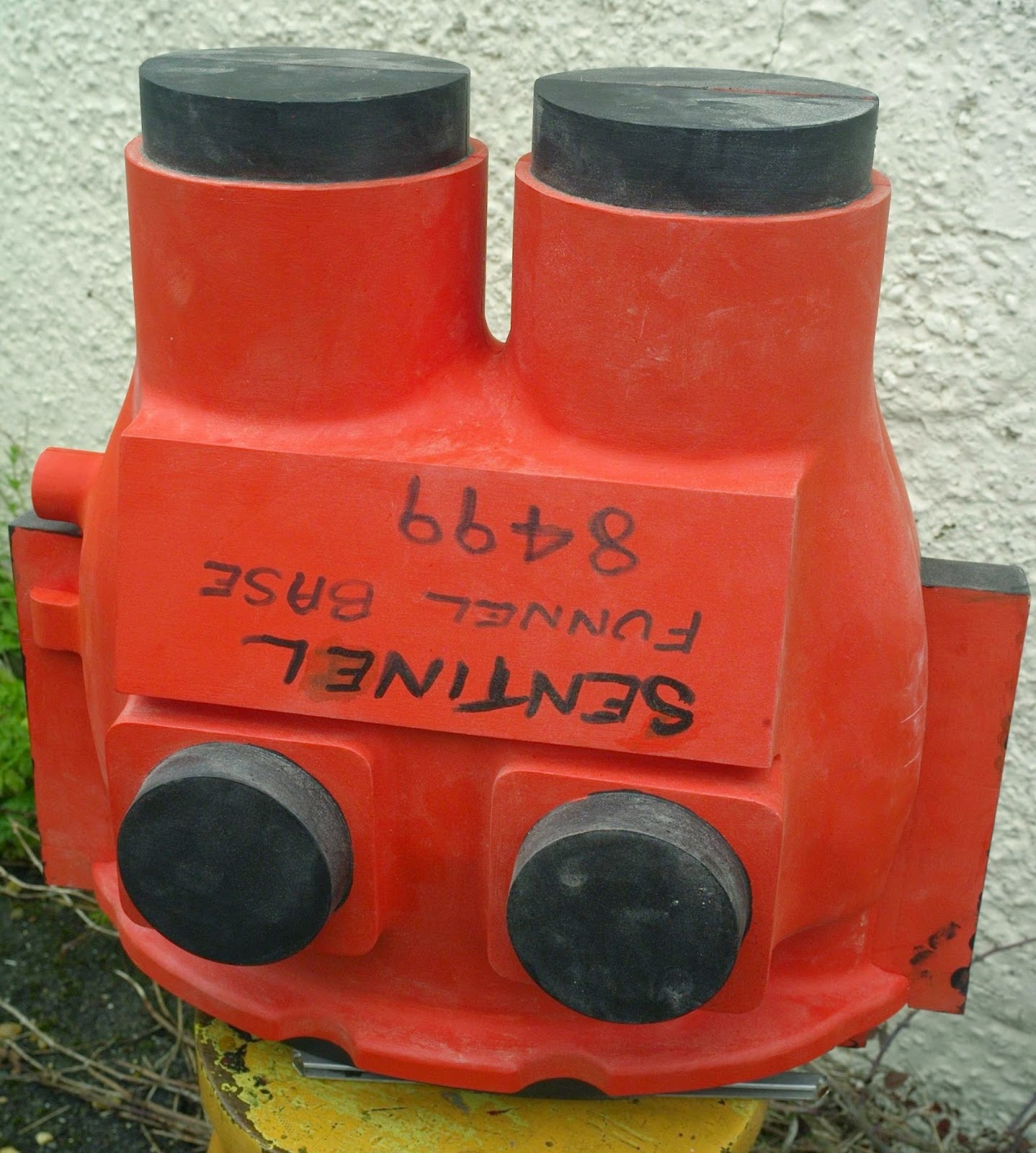 |
| Linkage from nut to crank(1) |
 |
| Linkage from nut to crank(2) |
 |
| Optimism! |
 |
| Linkage from nut to crank(1) |
 |
| Linkage from nut to crank(2) |
 |
| Optimism! |
 |
| Front (1) Outside Profile |
 |
| Front (2) Inside Profile |
 |
| Rear (3) Outside Profile |
 |
| Rear (4) Inside Profile |
 |
| Prototype casting before machining |
 |
| Prototype after machining |
 |
| New and old comparison (1) |
 |
| New and old comparison (2) |
 |
| Nice new pair |
 |
| First fire in 46 years |
 |
| Nice new end fitting exactly to drawing size |
 |
| The underneath end finally in place |
 |
| The fitting in detail... |
 |
| ...fed by a pipe around the firebox... |
 |
| ...fed from up here in the cab... |
 |
| ...from the regulator all the way up here! |
 |
| Glass fibre ladder tape |